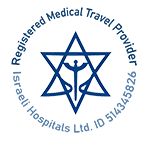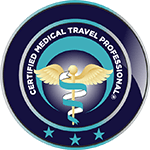CAR-T and Bispecific Antibodies (BsAb) therapies offer new hope for multiple myeloma patients, especially those in later stages or with relapsed disease. The FDA recently approved CAR-T options for earlier lines of therapy, specifically ciltacabtagene autoleucel for the second line and idecabtagene vicleucel for the third line. When choosing the next therapy for relapsed multiple myeloma, doctors consider several factors, including the timing of the relapse, responses to prior treatments, and the aggressiveness of the disease.
CAR-T therapy is often preferred over BsAb for its ability to provide a prolonged treatment-free period. Additionally, CAR-T therapy has a lower rate of BCMA loss (6%) compared to BsAb therapy (42.8%). This makes CAR-T therapy a strategic choice before using BsAb to maintain treatment efficacy. Talquetamab, a non-BCMA BsAb, can also be used after CAR-T to preserve the effectiveness of future BCMA-targeted therapies.
Patient preferences and specific conditions also play a crucial role. Many patients opt for CAR-T therapy to achieve a longer treatment-free period, which is ideal for those living far from treatment centers. However, CAR-T therapy can take 4 to 8 weeks from leukapheresis to infusion, and patients must tolerate a 2-week treatment-free period beforehand.
For patients with high disease burden or rapid progression, BsAb might be necessary to quickly control the disease. CAR-T therapy can be intense and pose higher risks for patients with existing health issues such as cardiac or neurological conditions.
Despite these challenges, CAR-T and BsAb therapies have shown impressive results. For example, the MonumenTAL-1 trial reported a 63% overall response rate with a median progression-free survival of 5.1 months for patients who previously received immune effector cell therapy.
The field of immune effector cell therapy is rapidly evolving, with new treatments and combinations being developed. These advancements offer great promise for improving outcomes for multiple myeloma patients, even those with high-risk disease.
Source:
Asco Daily News- Clinical News From The American Society Of Clinical Oncology










